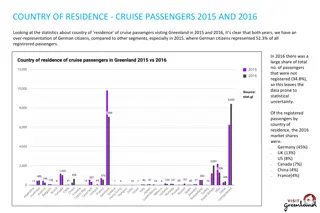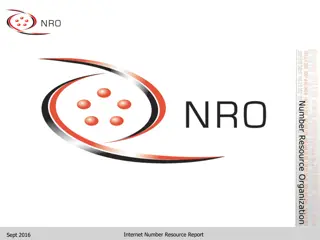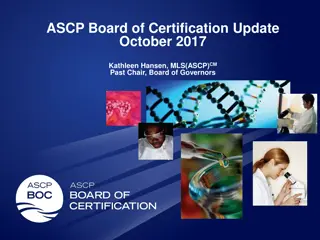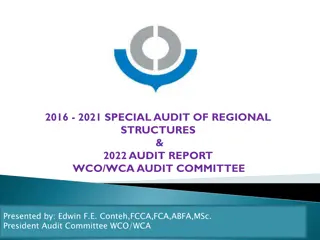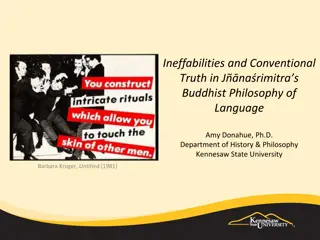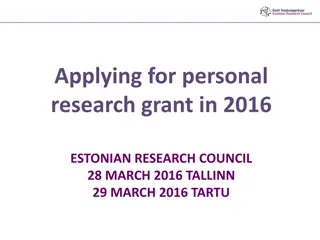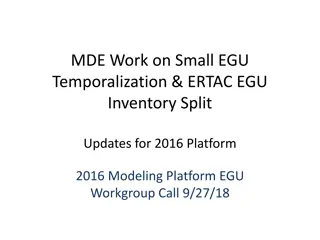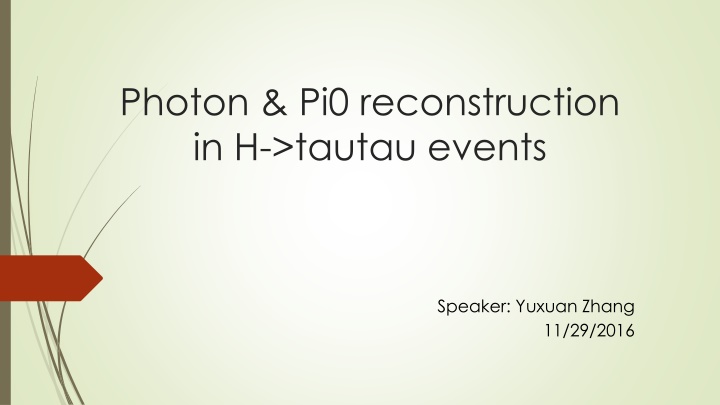
Photon & Pi0 Reconstruction in H->TauTau Events by Yuxuan Zhang
Explore the challenges in Tau physics, specifically Pi0 reconstruction, for H->TauTau events. Learn about the Coral algorithm and its efficiency in identifying Pi0s from photon pairs with Lorentz Boost. Discover insights into the CEPC physics motivation and the importance of high resolution in Higgs -> TauTau channels.
Download Presentation

Please find below an Image/Link to download the presentation.
The content on the website is provided AS IS for your information and personal use only. It may not be sold, licensed, or shared on other websites without obtaining consent from the author. If you encounter any issues during the download, it is possible that the publisher has removed the file from their server.
You are allowed to download the files provided on this website for personal or commercial use, subject to the condition that they are used lawfully. All files are the property of their respective owners.
The content on the website is provided AS IS for your information and personal use only. It may not be sold, licensed, or shared on other websites without obtaining consent from the author.
E N D
Presentation Transcript
Photon & Pi0 reconstruction in H->tautau events Speaker: Yuxuan Zhang 11/29/2016
Physics motivation CEPC physical objectives Higgs ->tautau channels High resolution needed
Tau Physics Non-strange hadronic branching fractions represent the largest part of tau decays The main difficulty is Pi0 reconstruction: A neutral Pi0 is often harder to find than a charged Pion
Pi0 Reconstruction Resolved Pi0s can be found from two-photon matching---Coral Require a high efficiency of photon reconstruction Photons are closer to each other for higher energy Pi0s due to Lorentz Boost
Coral Introduction Coral is takes reconstructed particles (by Arbor in this case) as its input This algorithm runs a loop between each possible photon pair; outputs a Pi0 when the mass of a di-photon is close to 0.135GeV
Event Information Geometry: CEPC_V1 Radius:1843mm ECal thickness : 84mm Half length : 2350 Channel: ZH->e2e2e3e3 Event number: 11,000
Angle between photons MC Thuth Coral
Coral performance Overall efficiency: 53.3 0.51% Angular distribution behaves as expected Good performance at high energy; however not able to find many low energy ones
Photon Mapping To understand how efficient Arbor is doing with photon reconstruction; thus we could conclude what is the pure efficiency of Coral itself. A mapping between photons at MC level to reconstruction level Only consider MC photons when they can be recorded by colorimeter (i.e., exclude those who are generated in ECal or decay way before they enter Ecal)
Mapping Criteria Generated inside ECal and ended outside (at least near Ecal; however, not necessarily a final state photon) Agular separation between an MC photon and a reconstructed photon ?+ + Energy separations: ? ?; taking 3? limit ?=
Result: # Reco Photon = 35552 # Mapped Photon = 31010 # MC Photon = 23.36 Define efficiency = 31010/35552 = 87.22 0.46%
Comparison in Total Energy Reconstructed level Matched level
Summary: Higgs -> Tau -> Pi0->Photon Coral is working as we expected in high energy region, but not behaving well in low energy regions Photon mapping successes for most ones, while we have to eliminate fake photons
Next step Improve the efficiency of Coral itself Use different samples as comparisons Think about other effects in the photon reconstruction Consider using energy intervals

